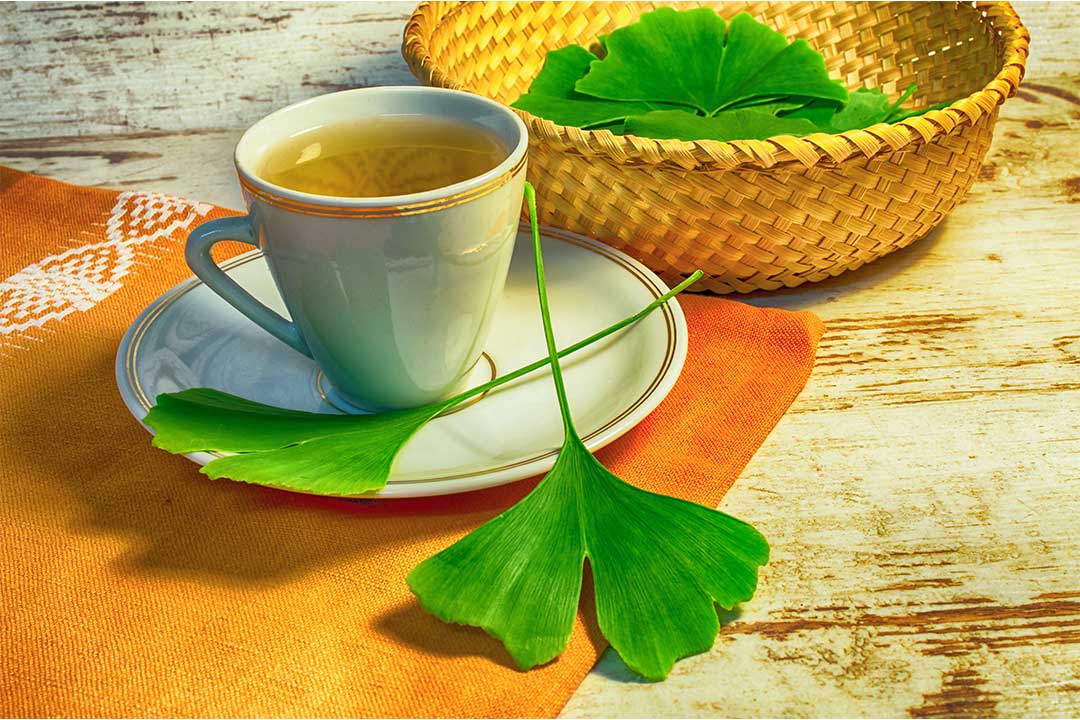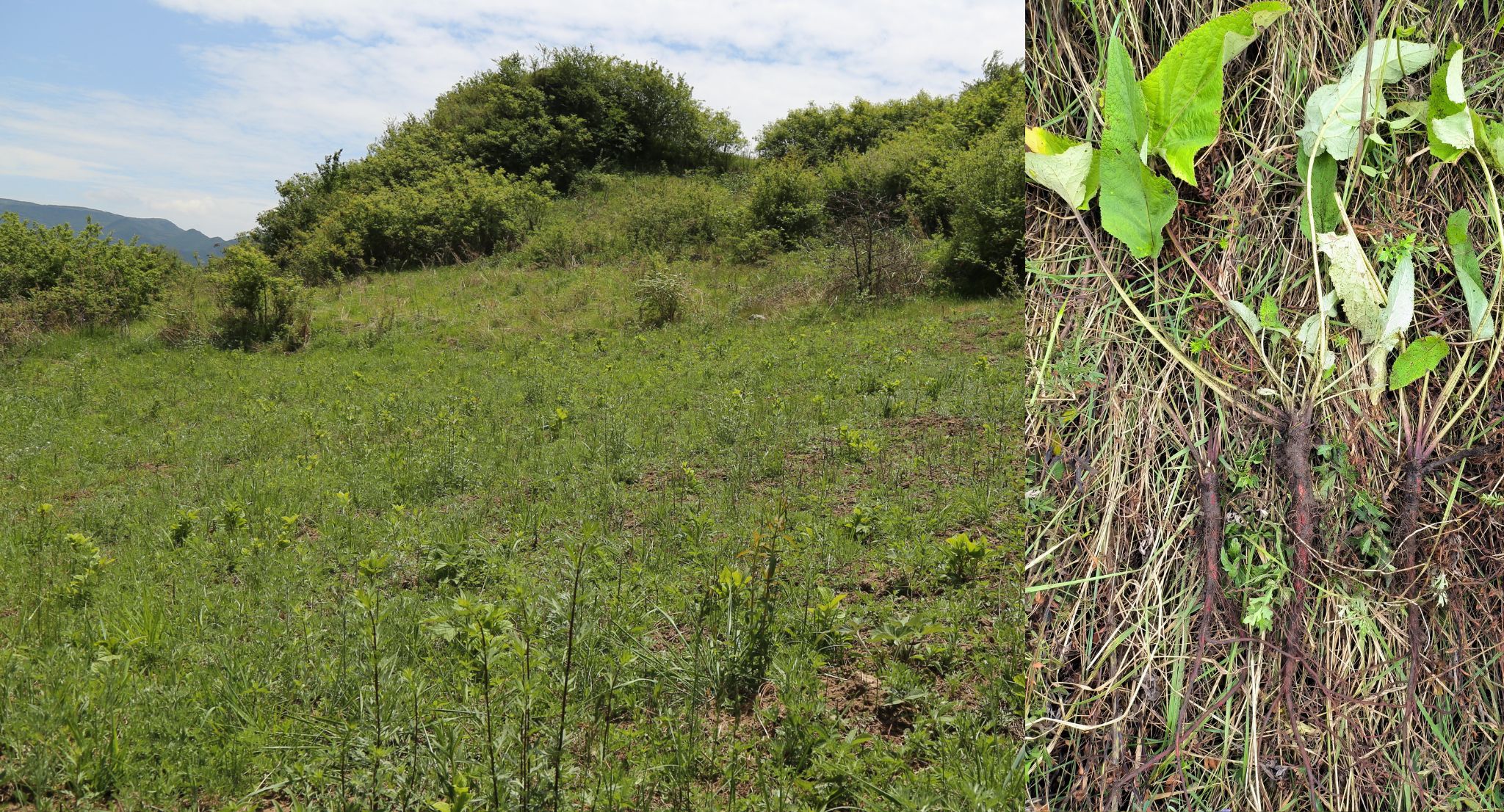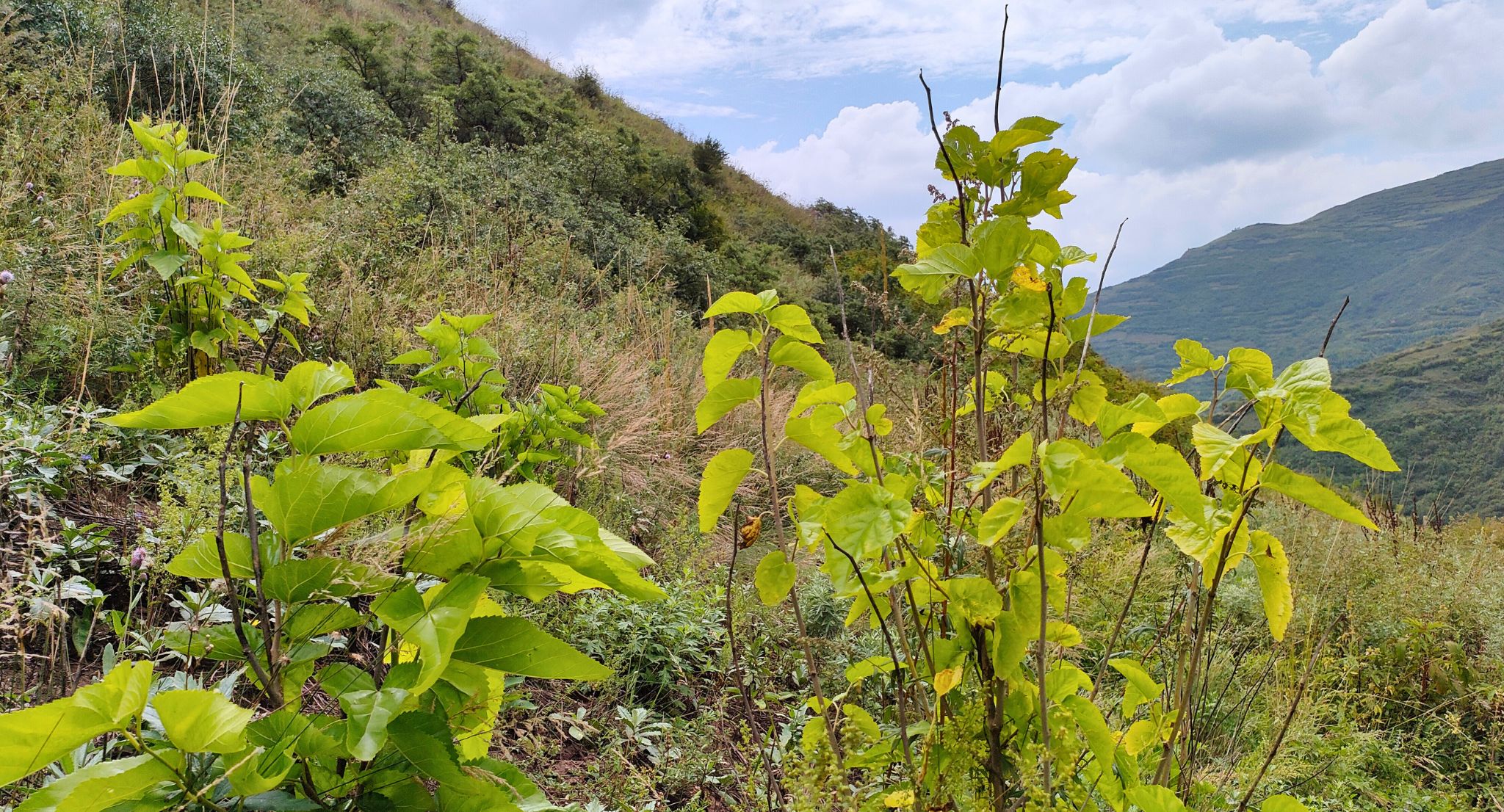One of Humanity’s Most Beloved Plants
The Ginkgo is one of the most beloved and well-known trees in the natural world. You can easily find them across the US because they make a beautiful addition to landscaping. Anyone who sees ginkgo trees instantly recognizes their beauty, but not many know the amazing history behind the species.
Ginkgo hasn’t changed much since it’s first appearance on earth, which is thought to have been during the Permian Era. In modern times, the species has no known relatives in the plant world.
Ginkgo Biloba is native to China. It gets its name because of its double-lobed leaves (BI– loba). It’s also called Maiden Hair because of the unusually shaped leaves resemble flowing hair on long branches.
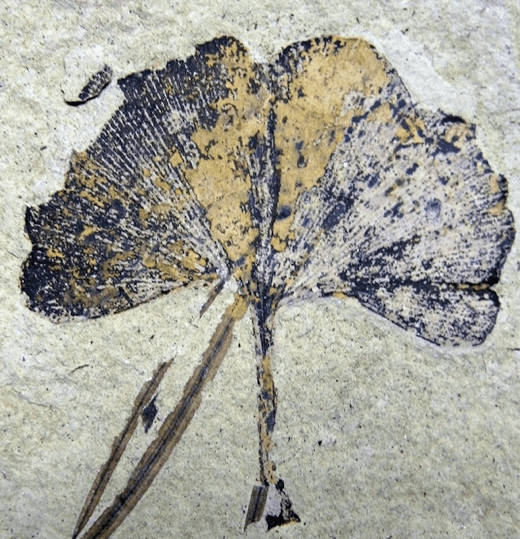

Unique Characteristics
Like other deciduous trees, ginkgo has male and female trees that reproduce by cross pollination. Ginkgo actually has motile sperm that move around in the same way that mammal sperm fertilize eggs.
This is completely unique, and no other tree or plant species has this feature. It’s no doubt a relic of the plant’s ancient evolutionary past.
Female trees release their seed or nuts in fall and the seeds have an extremely strong smell. So much so, that most of the time when you see a ginkgo in North America, it will likely be a male tree.
Once humans came around, they treasured ginkgo for centuries because of its beauty and medicinal benefits. Humans loved ginkgo so much that they helped the plant survive for millions of years and helped prevent its extinction. Ginkgo leaves and the seeds or nuts that fall to the ground in fall are the parts of the tree used as remedies and food.
Cultural Significance
Ginkgo trees can live for thousands of years and grow to massive sizes and so it’s no wonder that it was considered a symbol of long-life and the magic of the force of life itself.
To the ancient Chinese people, it was thought of as a real-life embodiment of the concepts of Yin and Yang. Some of the oldest trees can be found outside of temples, and some of which are thought to be over 1,000 years old.
The oldest trees that can be found in China may even predate the temples. Some of the oldest known civilizations in China go all the way back to the Neolithic area, with ritual and burial sites dated at 4500-3750 BCE.
Since we know that early religions in the region were animistic (a belief that everything on earth possesses a soul or spirit), the reverence and possible worship of the trees themselves makes sense.
Ginkgo Moves to Japan
The movement of the plant around the planet is due to humans taking it with them. Monks brought gingko to Japan when over 1,000 years ago. Amazingly, there are a group of trees that survived the atomic bombing of Hiroshima in WWII.
“Hibakujumoku” trees (meaning “A-Bombed” in Japanese) are the ones that survived the atomic blast. Even today, ginkgo trees serve as a beautiful symbol of hope and the vitality of life on the planet.
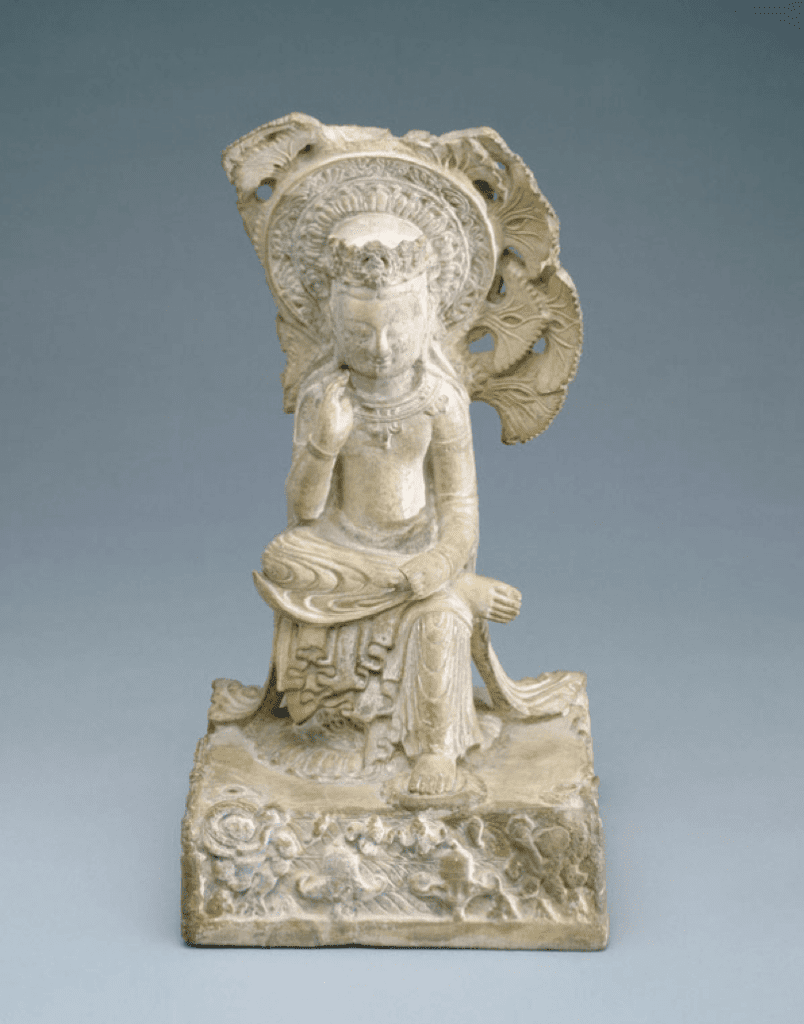

Ginkgo in TCM
In ancient times, the use of the herb quickly spread across Asia and became a staple of Chinese Herbal Medicine.
From the perspective of Traditional Chinese Herbal Theory, the herb is connected to the Lung and Kidney Meridians in the body. In this herbal theory, every herb is related to five flavors and “temperatures”.
The herbs from this plant are related to a few of the 5 “tastes” in TCM including Sweet and Bitter. TCM dictates that certain organs and paths of energy flow (meridians) are connected with the flavors of herbs. The lungs and heart are thought to be affected most by ginkgo biloba.
Ginkgo for Balance
Sweet herbs are thought to tonify and detoxify the body. They’re also thought to “replenish” Qi, which is a concept in TCM that describes building up the life-force that is weak in the body. Bitter herbs work in different ways and tend to have a balancing effect.
If there is excessive “dampness”, bitter herbs work by providing a drying effect. It is also thought to promote the healthy function of elimination processes in the body, according to TCM.
The leaves of Ginkgo are considered Neutral temperature according to TCM. This means that ginkgo leaves do not have any effect on the balance of yin which is associated with cold or yang that is associated with hot.
This makes it an excellent ingredient for TCM blends and means that using the herb on its own won’t throw off the balance within the body.
This herb has many different applications because of its Neutral status. Traditional Herbal Medicine uses ginkgo to help problems with the lungs- such as breathing issues or bronchial illnesses. However, the herb has many other applications due to its unique nutrition.
Modern Studies on Ginkgo
Modern research has shown many interesting findings on ginkgo. Studies show anti-inflammatory and antioxidant benefits, along with photoprotective and hepatoprotective properties. Other research shows cardioprotective benefits that seem to be related to the support of healthy blood flow in the body as well.
Gingko has its own class of terpenic lactones, called gingkolides. Terpenic lactones are interesting chemical compounds with unique structures. The very first terpenic lactones ever found, were actually the gingkolides within gingko biloba. The leaves of ginkgo contain the highest amount of ginkgolides compared to other parts of the plant, and the compounds are at their highest density in late summer. Scientists discovered even more terpenic latones in other plants since the original finding in gingko extract.
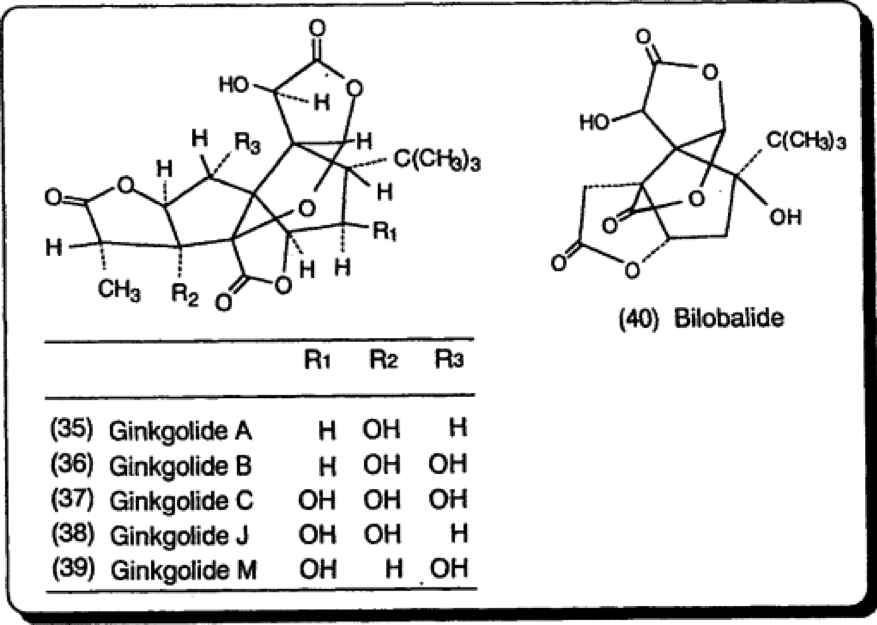

Studies Show Ginkgo’s Therapeutic Effects
Because of the calming effect that ginkgo tends to have on many areas of the body, like in boosting immunity, soothing gastrointestinal issues, and decreasing anxiety, scientists think that ginkgo may become a helpful tool in helping fight depression. These effects are strongly related to the gingkolide content of the plant extracts used in studies.
Stress involves a rise in the levels of glucocorticoids, and a subsequent memory dysfunction,increased anxiety, decreased immunity, gastrointestinal tract disturbances, myocardial infarction, or effects. (Walesiuk 2005)
The study of medicinal plants can someday lead to the development of new drugs and therapies. This is one reason why it’s so crucial to protect the diversity of plant life on our planet.
While most of these studies are only the beginning of our understanding, it’s amazing to think back to ancient humans who also used the herb for health purposes.
Ginkgo Biloba can be a healthy everyday support for overall health, and we of course, recommend trying Ginkgo Biloba Tea. Ginkgo tea tastes great and is a wonderful treat to keep at your desk throughout the day. People around the world cherish ginkgo in nature, art, and as an herbal remedy.

